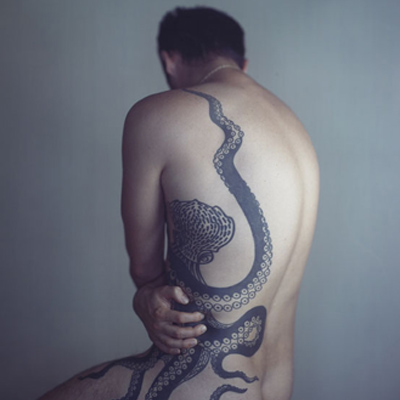Seduced by Art: Photography Past and Present at the National Gallery

Seduced by Art: Photography Past and Present marks The National Gallery’s first major photographic exhibition. Held in the lower floor of the Sainsbury Wing, the exhibition runs from 31st October until the 20th January. A three-tiered show consisting of six rooms and a cinema, the exhibition takes a stance on the history and relationship between the mediums of photography and painting.
The exhibition examines different categories of interest: Setting the Scene, Portraits, The Figure, Tableaux, Still Life, Landscape and Cinematic. Each of the rooms within the exhibition houses its own theme and a mixture of photography and related painting is on show. Often marking particularly relatable pieces for the photography using fine art paintings, the exhibition highlights the inspirations that this comparatively new medium draws from its predecessor. It is unusual to see two pieces which draw from one another in such close proximity; it is special. We are used to observing a photographic work as a stand-alone piece or a painting as a culmination of thought and time; to see the journey from one piece through to the other is a remarkably refreshing point of curation.
So often it is easy to completely separate the mediums of painting and photography, we are only really reminded of their connection through instances of imitation such as the recreation of a painted scene through photography or through photo-realistic works. The pieces shown in the National Gallery are not imitation; they are inspired – and it is this progression which makes the exhibition feel extremely enlightening and thought-provoking.
The exhibition forms a three-way discussion between fine art, early photography and contemporary photography. To see true photographic art pieces of age, in a world where it is easily and badly imitated by developments such as Photoshop and mobile apps, is enriching. The exhibition houses remarkable works by a host of known and unknown photographers. The depth of imperfection, chance happenings and minute altering factors which constructed early photography are represented beautifully and with overwhelming truth within the exhibition. Many of these older photographic pieces are encased in beautiful embellished casings and frames as an obvious indication of the preciousness of the artifacts in their time – something photography distinctively lacks in this modern age. We are able to see the gap, so often ignored, between fine art paintings and contemporary photography, bridged, and the transition becomes vividly apparent.
The rooms themselves are self-explanatory in terms of theme, but the works within them are altogether unpredictable. The portrait room, for instance, contains a host of portraits both painted and photographed. Contemporary and traditional, the pieces seem honest and are chosen to depict a story rather than to show only the most striking portraits available in the world. The narrative is wonderfully executed throughout. Notions of reality and illusions, the human form, the truth, the construct and composition are all addressed and allow for excessive contemplation. An educational experience without the teacher, you find yourself able to learn from the works themselves merely by the succession.
A favourite area of the exhibition was the Tableaux room. A vivid and exciting selection of constructs where we are asked to contemplate reality, composition and illusion. The work housed in this room is visually stunning and highly intelligent. Thomas Struth plays with the ideas of voyeurism and presents a photograph of a scene which includes the painting of another scene. This multi-layered piece is both striking and confusing in its signification of different levels of reality. Other monumental works were two war pieces juxtaposed: Emile Jean-Horace Vernet’s painted Battle of Jemappes from 1821 and Luc Delahaye’s US Bombing on Taliban Positions, 2001. The works create a huge impact in both size and subject matter. The Battle of Jemappes shows a detailed scene of battle, a construction which could not have been captured in the oil medium at the time of its taking place. US Bombing on Taliban Positions instead shows nothing but a smoke cloud – symbolic of the battle that has just occurred. Each captures the essence of battle in very different ways, neither are battles themselves, their reality is in their depictions of it.
A visually stunning show full of history, concept, enlightenment and educational confusion, the exhibition is a wonderful representation and selection of the transitional aspects of painting and photography.
Ruth Page
Seduced by Art: Photography Past and Present is at the National Gallery from 31st October 2012 until 30th January 2013. For further information or to book visit the gallery’s website here.
























Facebook
Twitter
Instagram
YouTube
RSS